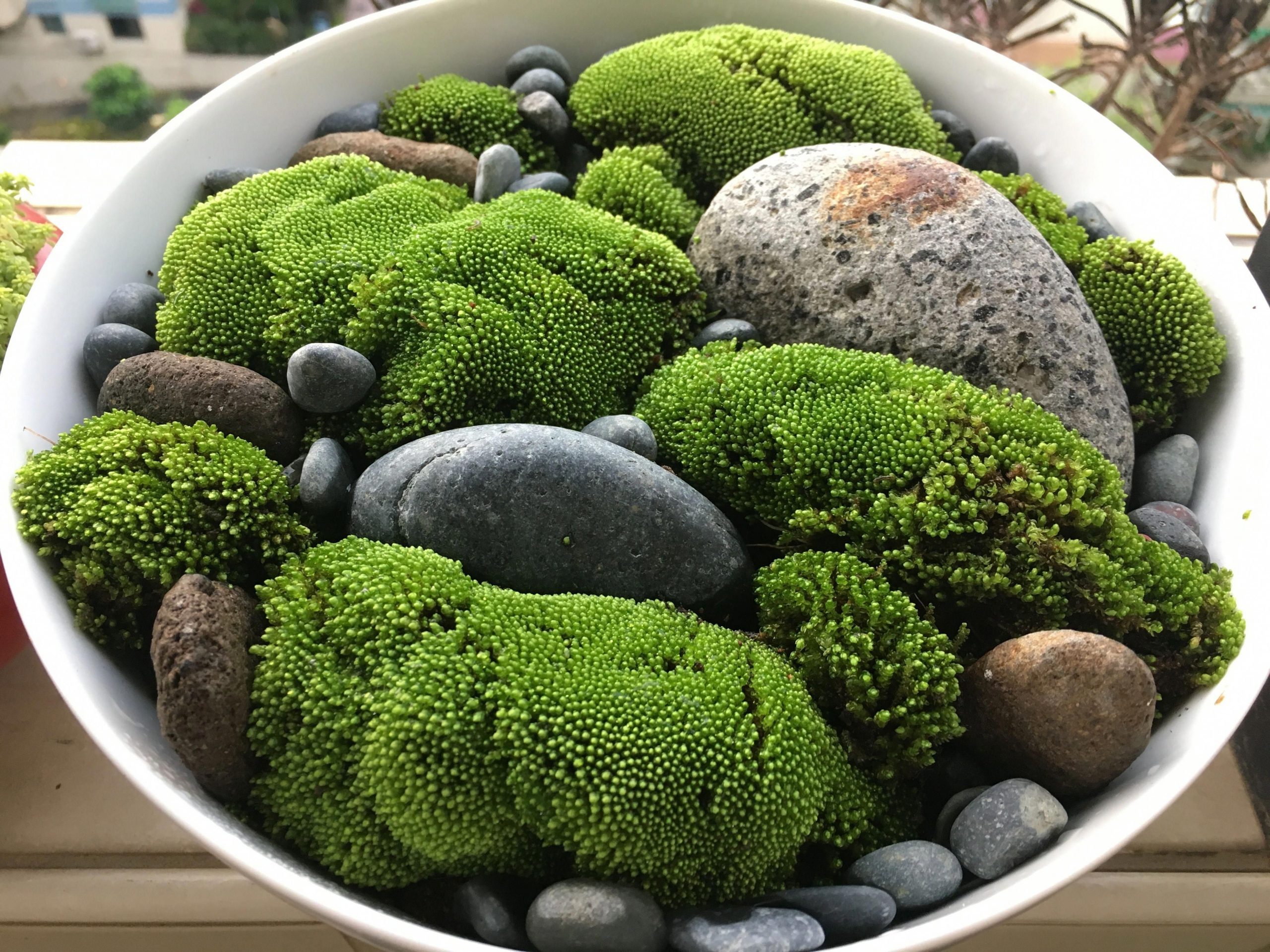As a passionate gardener I love creating beautiful beds bursting with flowers, veggies and other plants. So when I spot lumpy green moss carpeting my carefully curated beds, I see red. While moss thrives in the Pacific Northwest’s cool, wet climate, that doesn’t mean I want it invading my garden.
If you’ve noticed moss creeping into your beds, don’t despair. You can get rid of moss and keep it from coming back if you work hard and use the right methods. Here’s how to remove moss from garden beds and prevent future outbreaks.
Why Moss Grows in Garden Beds
Before diving into moss removal, let’s look at why moss shows up in the first place Understanding what makes beds moss-friendly can help you make them moss-proof
Moisture – Moss thrives in damp conditions and poorly draining soil. Overwatering and heavy rainfall feed moss growth.
Shade—Like fungi, moss grows best where there isn’t much light, like under trees or shrubs. Less sun exposure allows moss to spread.
Acidic Soil – Moss flourishes in acidic soil, which is common in parts of the Pacific Northwest. An acidic pH below 6.0 paves the way for moss.
Compaction – Tight, compressed soil prevents drainage, creating the moist conditions moss loves. Foot traffic and poor soil structure can cause compaction issues.
Knowing these moss-loving conditions can help guide your removal and prevention efforts.
How to Remove Moss from Garden Beds
If moss has already invaded your beds, here are proven methods to remove it:
Hand pull – For young, sparse moss growth, manually pulling up clumps and runners can do the trick. Wear gloves as moss can irritate skin.
Rake or hoe – For thicker moss, rake it out with a stiff yard rake or scrape with a hoe. This works best if the moss is partly dried out and brittle.
Power wash – Blast moss with a strong stream of water from your garden hose. Focus on detached moss and be careful not to damage plants.
Apply bleach solution – Spraying a 20% bleach and 80% water solution will kill moss but may also harm plants. Use cautiously and avoid plant contact.
Solarize – Cover moss with clear plastic in summer to “bake” it with heat from the sun. Remove plastic after several weeks once moss is dead.
Be persistent with removal – moss roots penetrate deeply so you may need to use a combination of methods.
6 Effective Tips to Prevent Moss Growth in Garden Beds
Eliminating existing moss is only half the battle – preventing its return is critical for long-term control. Here are smart tactics to make your beds moss-free zones:
1. Improve drainage
Ensure beds drain freely and soil dries adequately between waterings. Aerate compacted areas.
2. Allow more sunlight
Prune overhanging trees and shrubs to increase light levels reaching the garden bed.
3. Test and amend soil pH
If needed, add lime or wood ash to raise beds from acidic to slightly alkaline (pH 6.5-7.0).
4. Use drip irrigation
Target water to plant roots rather than saturating beds. Let the soil surface dry between watering.
5. Add nitrogen fertilizer
Applying an organic nitrogen source like compost favors plants over moss.
6. Reseed bare spots
Moss often appears where grass or plants are thin. Reseeding prevents moss from moving into bare areas.
These proactive steps will help you create an environment unfavorable to moss growth.
To Fight Moss, Focus on Improving Drainage
Of all the cultural practices that deter moss, proper drainage is perhaps the most critical. Moss simply won’t thrive in loose, well-draining soil that dries out between rainfalls or watering.
Here are 3 key ways to achieve the dryness moss detests:
-
Incorporate sand or small gravel to improve drainage and aeration.
-
Loosen compacted areas and till in compost to enhance soil structure.
-
Grade beds to create a subtle slope so excess water runs off.
Take these steps and you’ll go a long way toward banishing moss from your garden for good.
When Moss Persists, Control it With Lime
I always recommend starting with organic approaches to garden issues rather than turning immediately to chemicals. But when moss persists despite your best drainage efforts, applying lime is an effective remedy.
Sprinkle pelletized dolomite lime over the moss-affected area in spring, using 1/4 pound per 10 square feet. Lime raises pH, making the soil less hospitable for moss.
However, get a soil test first to determine your starting pH – you don’t want to overshoot and make the beds too alkaline. It takes time for lime to fully alter pH, so be patient. You should see results in several weeks.
Embrace Moss as a Decor Element in Shady Areas
Moss control takes work, so another option is to embrace moss as an ornamental element in certain garden spots. For example, allow moss to thrive under trees or in other shady areas where it’s hardest to eliminate.
You can even transplant attractive clumps of moss found elsewhere in your yard into your designated “moss garden.” Different moss varieties create lovely textures and shades of green.
This can be a way to avoid fighting a losing battle against moss in parts of your landscape. Turn its tendency to spread into an asset!
Win Your War Against Garden Bed Moss
With persistence and the right techniques, you can evict pesky moss from your garden beds and keep it from returning. Pay close attention to moisture and soil acidity levels that allow moss to thrive.
Healthy, vigorous plantings also help crowd out potential moss growth. Keep up the fight and you can reclaim your beds for the fruits, flowers and foliage you love!
For more tips on creating an enviable moss-free garden, contact us. I’m always happy to offer science-based, customized solutions to help your landscape look its best, naturally and organically. Here’s to a moss-free growing season!

